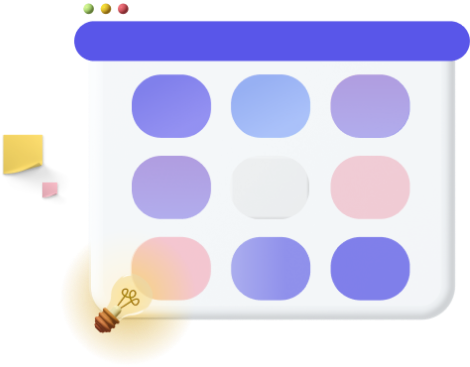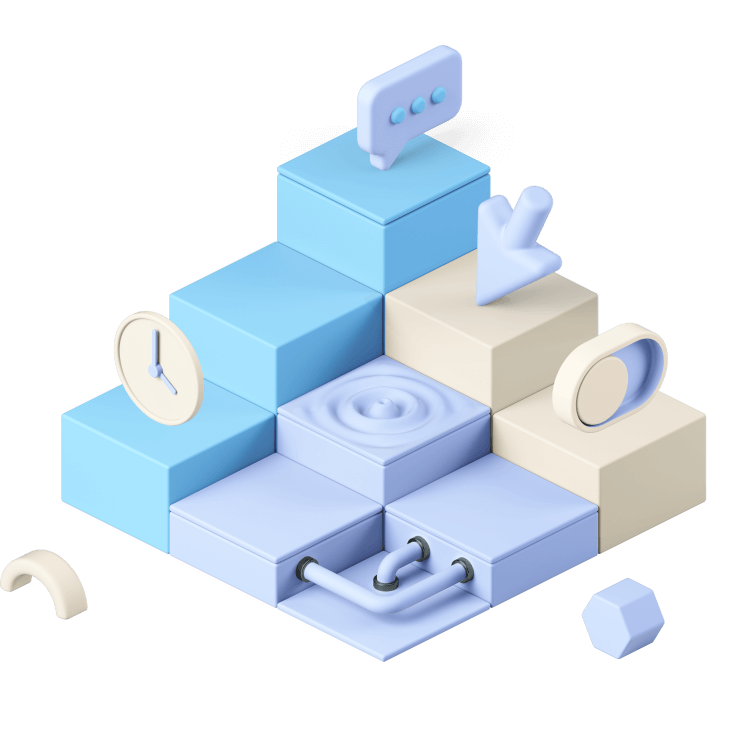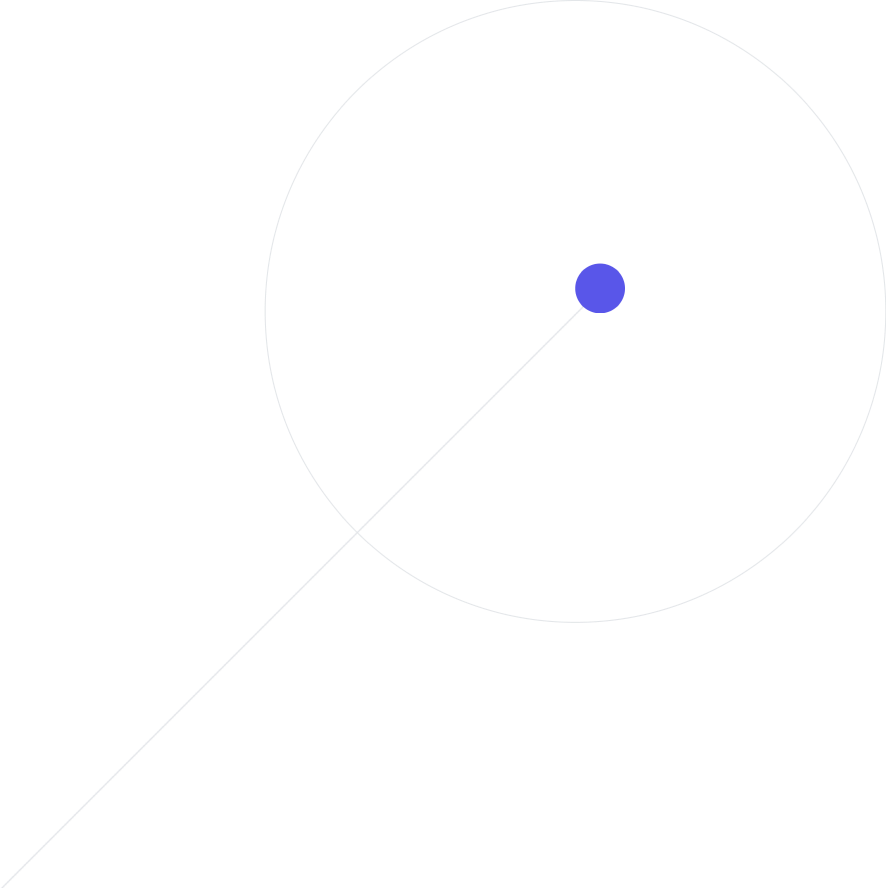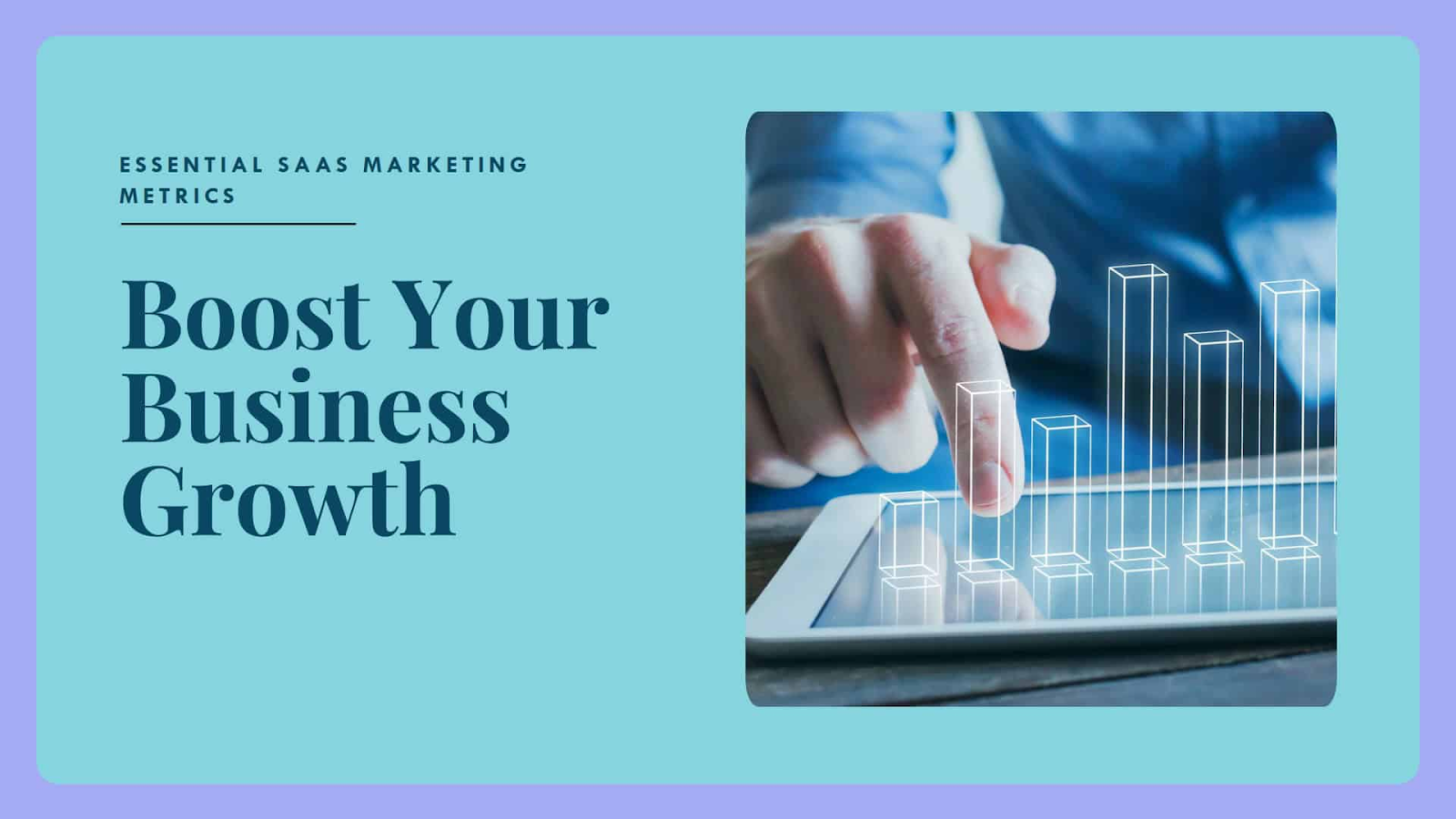7 Essential SaaS Marketing Metrics to Boost Business Growth
Software as a service called SaaS is a practice where software applications are leased over the Internet. Customers or businesses
Learn moreSoftware as a service called SaaS is a practice where software applications are leased over the Internet. Customers or businesses that use SaaS gain from scalability, low maintenance and cost, security, and ready-to-use software. A report says that 31000+ SaaS firms operate globally, and the market will grow to 900 USD billion by 2030. Consequently, marketing of SaaS products and services is a challenge. This blog examines the seven essential SaaS marketing metrics to boost business growth.
SaaS Metrics
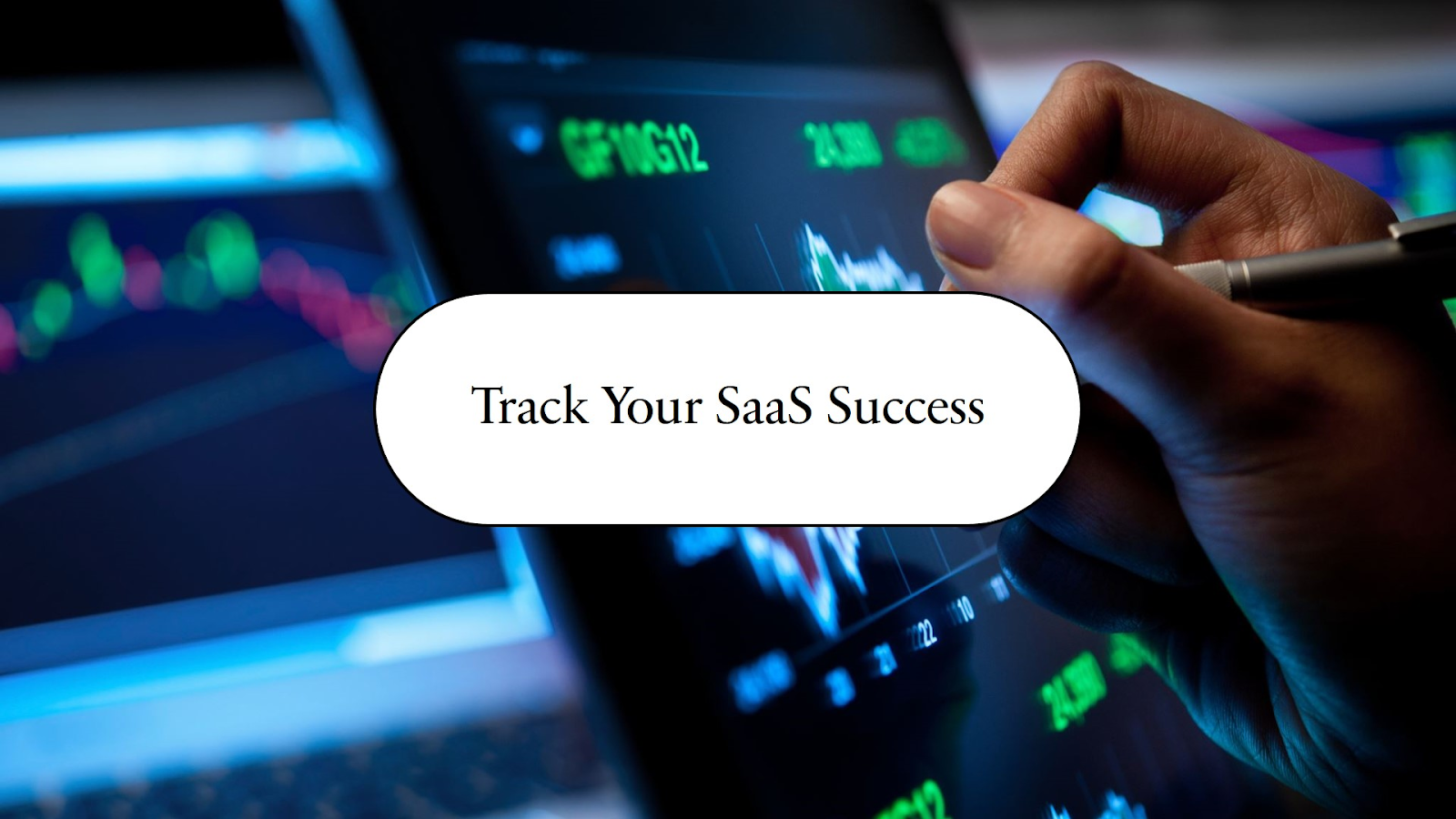
SaaS metrics are benchmarks or key process indicators that help measure a firm’s business performance. These benchmarks cover revenue and finance, customer, and market reach. Agencies such as Benchmarks have reviewed the performance of 1000+ SaaS firms and defined certain numerical values for the indicators. These metrics are generally accepted by SaaS firms, though they are not mandated by any Federal agency.
7 Essential SaaS metrics
While there are several, the important group of seven SaaS metrics is discussed as follows. The values are specified for the worst and best performers of four quarters for 2024.
Customer metrics
Customer acquisition cost (CAC) is the expenses spent procuring a new customer. The expense head includes sales, overheads, marketing, and other costs. It should be the least and is calculated as the total costs divided by the new customers brought in. The current benchmark for best performers is USD 0.24, and for worst performers, it is USD 3.00.
The CAC Payback Period is used to measure the days or months needed to get back the amount of CAC. For worst performers it is 48 months and for best it is 2 months.
Customer lifetime value – CLTC to CAC ratio is the revenue expected from a customer over the engagement time. The worst performer is 1.0 and the best is 10.0.
Marketing Net Revenue Retention Rate
Also called NRR, it is the percentage of funds obtained from customers from the initial transaction period after subtracting expenses. It is calculated as the revenue retained at the start of a period plus the expansion RR for the same period, subtracted by any reduction in revenue minus the canceled revenue, divided by the revenue at the start.
This metric is important since it gives revenue that can be predicted as inflows from ongoing transactions rather than one-time sales and new customers. Firms with low NRR show less customer satisfaction and lower value proposition. For the worst performers, it is 25% and for the best ones, it is 100%+.
Customer churn rate – CCR is the percentage of existing customers leaving. The best performers have <5% and the worst have 50%+.
Marketing Operational efficiency
Gross margin is the revenue resulting after deducting the cost of goods and services sold. It shows the extent of profit and it should be high. Top performers have 98%+ while the worst ones have less than 15%.
Company growth rate evaluates profits, and new customers in a year. It is the percentage of value in current period less the value in the previous value. It is defined by churn rate, the rate of all growth, and helps to make expansion, investment or reduce them. Worst performers have -33% while best performers have 375+ %.
Earnings before interest, taxes, and amortization – EBIDTA evaluates the financial outlook of a firm. It is calculated as the EBITDA divided by the revenue. Worst performers have -100% while best performers have 50%.
Burn multiple and hype factor
Burn multiple is the rate of cash burned by marketing before profits are seen. Number of dollars spent for every USD obtained as revenue. This metric helps as an early warning for new firms that keep on spending without any revenue. It is calculated as the product of net burn to the new net annual recurring revenue – ARR. Best performers have 1 rate and worst would have 3-4. The burn rate can be higher if the growth rate is high.
The hype factor measures the efficiency in converting funds raised into annual recurring revenue. When funds are not used to generate revenue then they are used to create marketing hype through ads and events. It is the product of capital raised divided by the ARR. Best performers have 1-2 hype factors while worst performers have 5+.
Bessemer Efficiency Score
A new metric, the Bessemer Efficiency Score helps to measure the marketing objectives, desires, and hopes of a firm. It is the net new ARR divided by the net burn. It measures the new ARR for every dollar used in the net burn. The metric examines the efficiency of growth for the SaaS firm. The assumption is that growth in the long term is sustainable and steady while a short spurt of growth will not last. Worst performers have a value of less than 0.3 while better have 1.5+.
Marketing Human capital efficiency
Annual recurring revenue – ARR per employee helps to measure productivity and efficiency. It indicates the revenue that is annually recurring divided by the number of staff. Best performers have a value of USD 0.3 million for an employee and bad performers have USD 10k+. A high value means understaffing and overwork, and a low value shows low staff utilization.
Sales and marketing ratio to revenue is the percentage of expenses related to sales and marketing revenue earned. The best performers have 1% while the worst are 200%. Older firms have stable ratios while stat-ups invest more.
General and administrative expenses or G & A is obtained as the expenses divided by the revenue obtained. Worst performers have a ratio of one hundred while the best ones have 1%. Lower values indicate a stable company.
Marketing Capital Efficiency
The average annual profit divided by the investment helps to evaluate profitability. It is used to ascertain the return obtained from investment. Best performers have an 8.00 ratio while the worst ones have 0.00.
The metric, Rule of 40 is used to find the marketing performance of a SaaS firm. Higher scores indicate good operations. Best performers have 100%, and worst performers are -100%.
Free Cash Flow Percentage helps to understand the efficiency of operations and the financial health. It is calculated as the free cash flow to total revenue. The worst performers have a ratio of -100%, and the best ones have 50%.
Conclusions
The blog examined seven essential SaaS marketing metrics to boost performance. Seven metrics covering customers, finance, marketing operations, marketing capital efficiency, Burn and Bessemer scores were examined. Values were given for the best and worst performers. Some of these are covered by finance and operations; however, they are defined and driven by marketing operations. It is clear that these metrics are not mutually exclusive but intricately related and depend on each other.
SaaS firms have a large marketing budget, especially in the initial stages. This budget must produce the desired financial performance. As an example, customer acquisition cost can impact the NRR, ARR, and other indicators. If the acquisition costs and NRR are high, then it leads to faster cash burn. If the CCR is high, then the marketing revenue is reduced.
These relations focus on marketing operational efficiency. A high marketing spend with lesser conversions and retention means that the efficiency is low, and marketing is not directed to the right segments. While new customers are needed, the cost impact of servicing is important.
Since metrics cover finance and HR functions, all departments must work together. A stable company balances marketing costs and revenue. A high budget with reduced returns is not good marketing. Every SaaS Development Company concentrates on improving the service levels of existing customers.
Therefore, it is better to gather all the metrics, identify the weaker ones, and make changes in the strategy used for marketing.
Author Name:- Harikrishna Kundariya
Biography:- Harikrishna Kundariya, a marketer, developer, IoT, Cloud & AWS savvy, co-founder, Director of eSparkBiz Technologies. His 14+ years of experience enables him to provide digital solutions to new start-ups based on IoT and SaaS applications.

